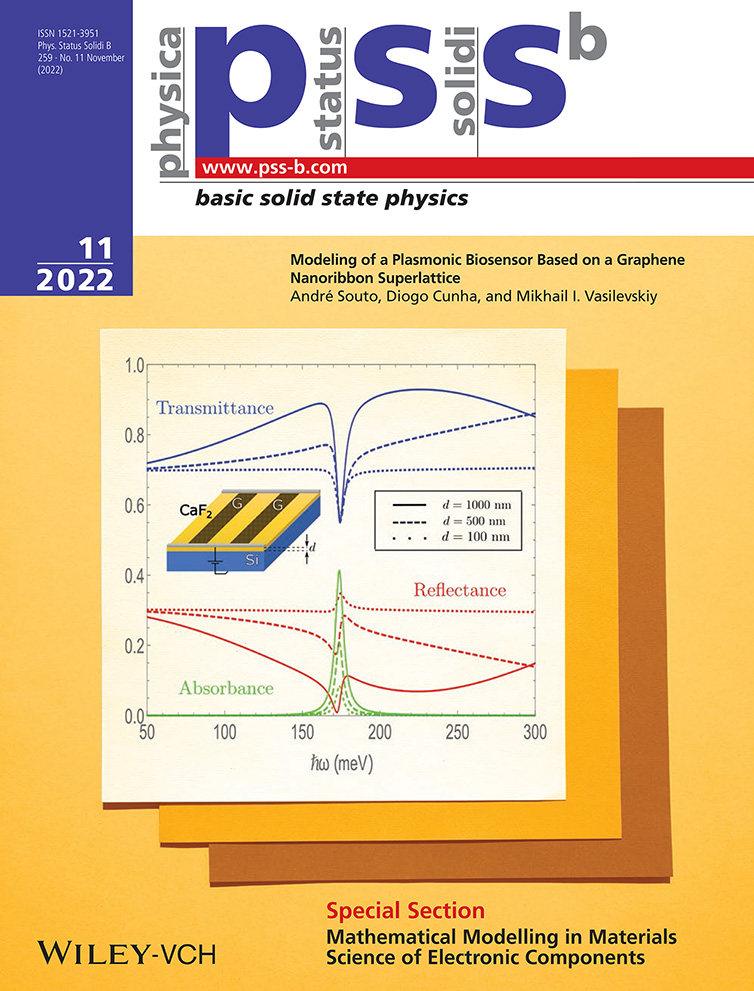Monte Carlo Simulation of Alternate Pulsed Epitaxial Growth of GaAs Nanowires
Abstract
The Monte Carlo simulation of a self-catalyzed GaAs nanowire (NW) growth regime is proposed and realized, where gallium and arsenic are deposited in pulsed intervals. Such a pulsed epitaxial growth mode allows low-temperature epitaxial growth of long GaAs NWs. The influence of gallium and arsenic pulse durations and sequences on the NW morphology is investigated. The catalyst droplet size and contact angle, as well as the diffusion length of Ga adatoms along the NW sidewalls, determine the wire morphology. For a dense NW array, the arsenic readsorption starts to affect the NW growth. The influence of arsenic readsorption on the formation of Ga liquid droplets on the NW sidewalls is investigated with the help of annealing simulations. The significant role of the mass transfer of evaporated materials is demonstrated for GaAs NW morphology.
Conflict of Interest
The authors declare no conflict of interest.
Open Research
Data Availability Statement
The data that support the findings of this study are available from the corresponding author upon reasonable request.




